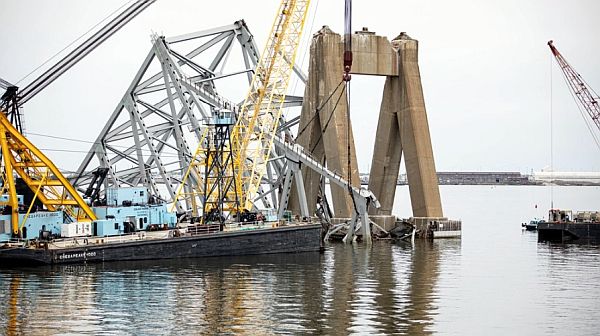
Sixth and final victim recovered following the March 26 collapse of the Francis Scott Key Bridge

On March 26 at 1:28 a.m. the main spans and the three nearest northeast approach spans of the Francis Scott Key Bridge across the Patapsco River in Baltimore collapsed and crashed into the river below after the cargo ship Dali struck one of its support columns. Six Latino construction workers working on the bridge at the time of the collapse died. On Tuesday, May 7, the Key Bridge Unified Command salvage teams located the sixth victim and final victim and promptly notified the Maryland Department of State Police.
Maryland State Police investigators along with officers from the Maryland Transportation Authority Police and the FBI responded to the scene and recovered the body of a sixth construction worker.
The victim has been positively identified as José Mynor López, 37, of Baltimore, Maryland.
Investigators from the Maryland State Police, along with an FBI Victim Specialist and linguist, and a team of mental health professionals notified family members after a positive identification was confirmed. Assistance was also provided by the Maryland State Police Underwater Recovery Team and Crime Scene Unit.
“With heavy hearts, today marks a significant milestone in our recovery efforts and providing closure to the loved ones of the six workers who lost their lives in this tragic event,” said Colonel Roland L. Butler, Jr., Superintendent of the Maryland Department of State Police.
“As we mourn with the families, we honor the memory of José Mynor López, Alejandro Hernandez Fuentes, Dorlian Ronial Castillo Cabrera, Maynor Yasir Suazo-Sandoval, Carlos Daniel Hernandez Estrella, and Miguel Angel Luna Gonzalez.”
–
Also, this week, the Unified Command announced that their Salvage crews continue to prepare for the daunting task of removing the large piece of bridge still lying on top of the M/V DALI.
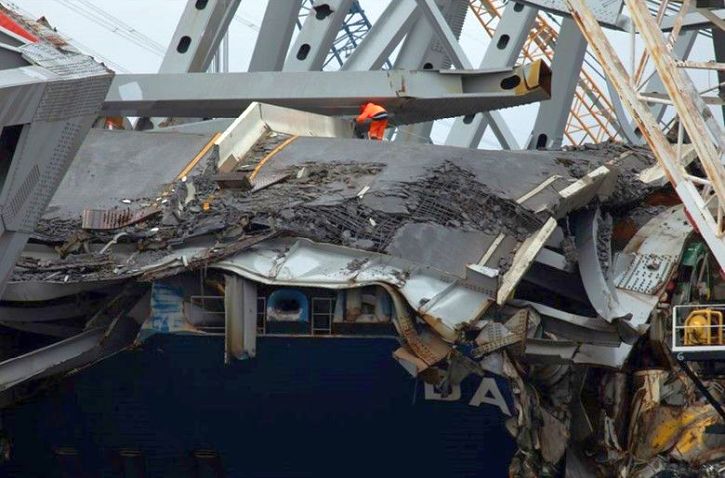
–
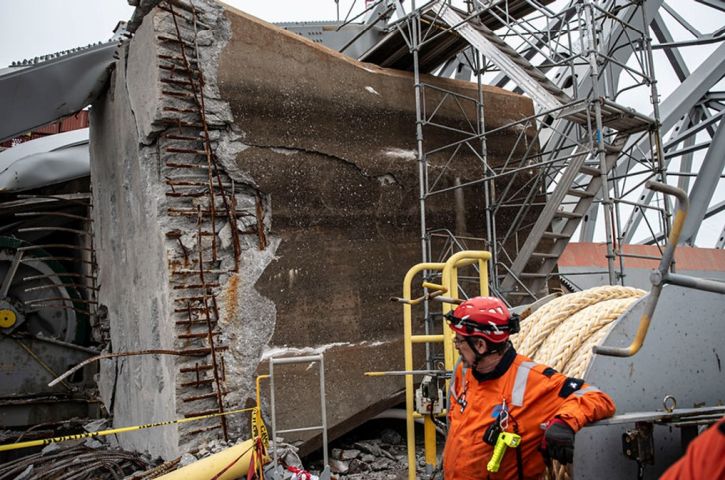
–
Prior to removing the bridge piece, salvage teams must meticulously analyze and factor in numerous hazards and obstacles resulting from the bridge’s impact. Crushed containers, hull damage, and weight shifts are among the critical considerations crews must address during the bridge removal and refloating operation of the ship.
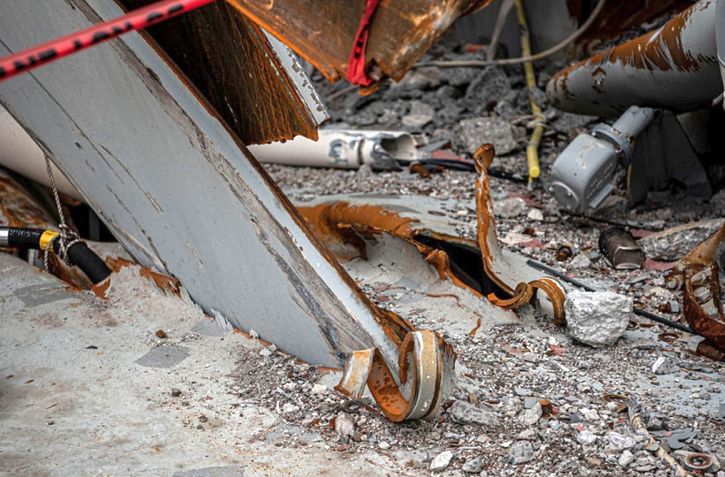
–
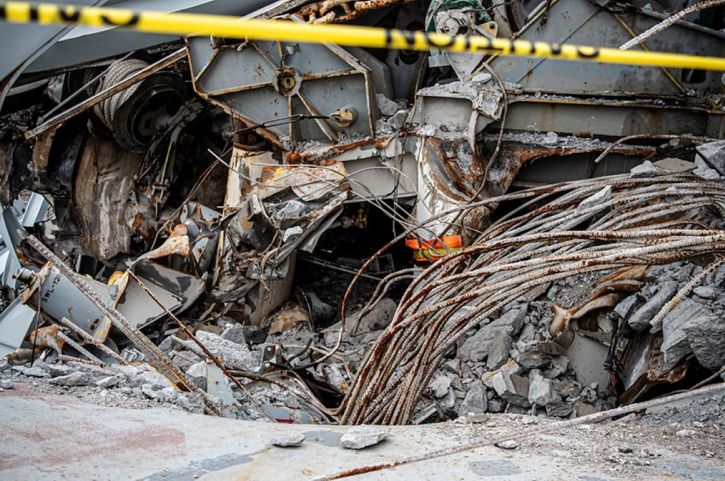
–
–
The safety of the salvage crew members remains a top priority during the complex operations. Specialized equipment has been employed to closely monitor the positioning and movement of the M/V DALI and the bridge wreckage in contact with it.
“We’ve got a total of six of, what we call, inclinometers that measure tilt on key locations of the span and key locations of the ship so we can watch how it’s pitching and rolling with tide, and wind,” said Rob Ruthledge, a contractor working for the Key Bridge Unified Command.
“We have a sensor measuring the relative position of the span on the ship so we can see, if for some reason, it starts to slip. We also have what are called strain gauges, which can measure, in real-time, the stress, while they are performing operations.”
Crews have also been working to remove the portions of bridge span 17, which are in contact with the opposite side of the M/V DALI.
–

–
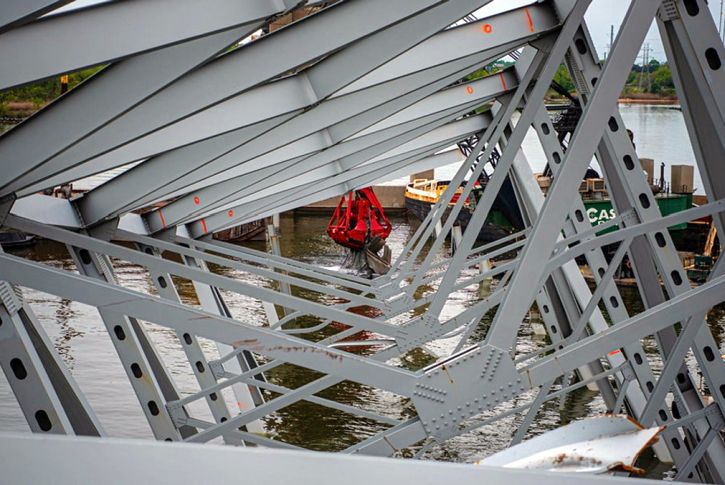
The Key Bridge Unified Command remains committed to restoring full access to the Fort McHenry Channel as swiftly and safely as possible and is providing updates regularly.
–
(Source: Bridge Key Unified Command)
(Cover photo, Image credit: U.S. Army Corps Of Engineers Baltimore District, MD, United States, Photo by Christopher Rosario, U.S. Army Corps of Engineers, Baltimore District)
Posted by Richard Webster, Ace News Today
Follow Richard on Facebook, Twitter & Instagram






